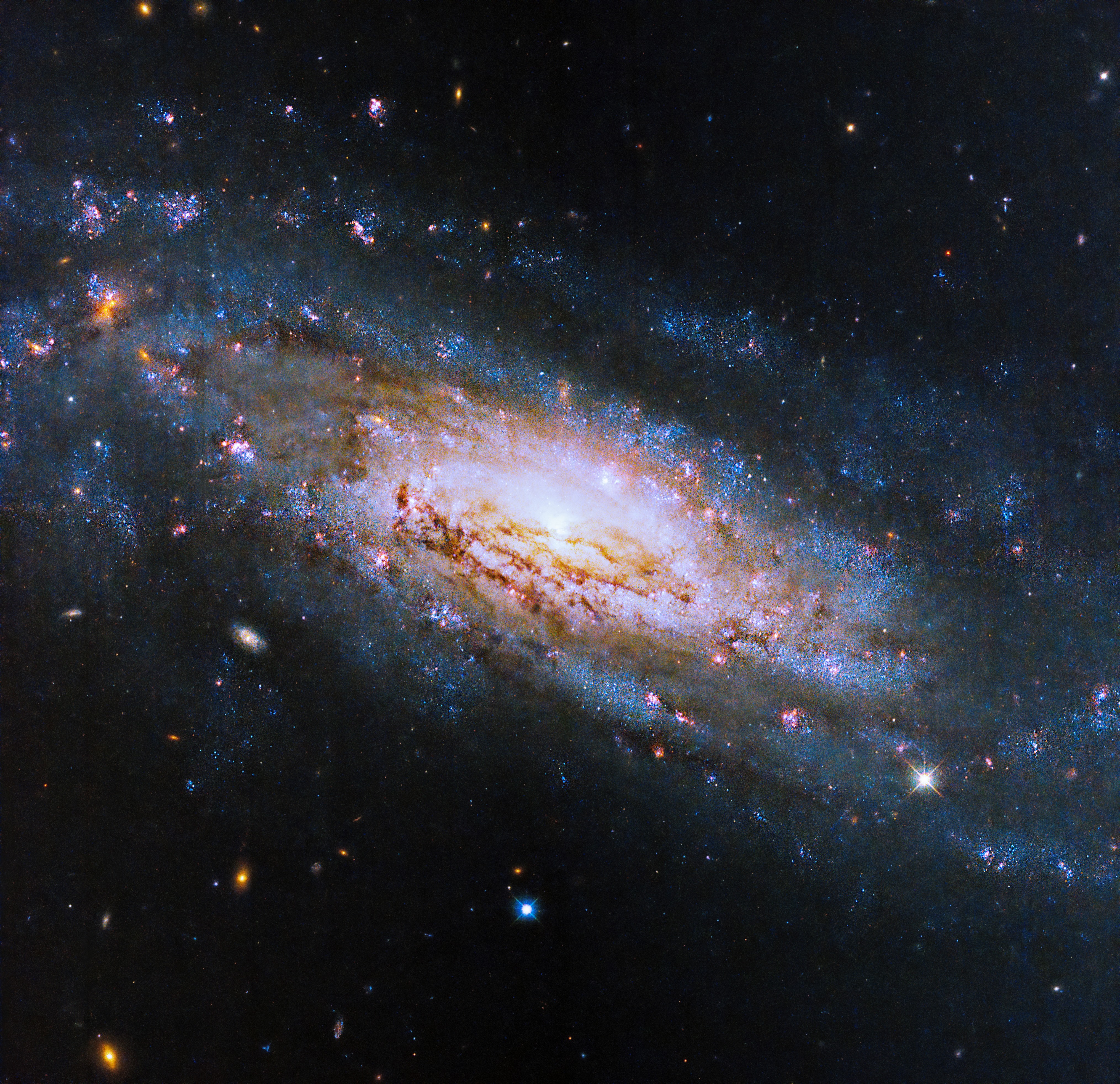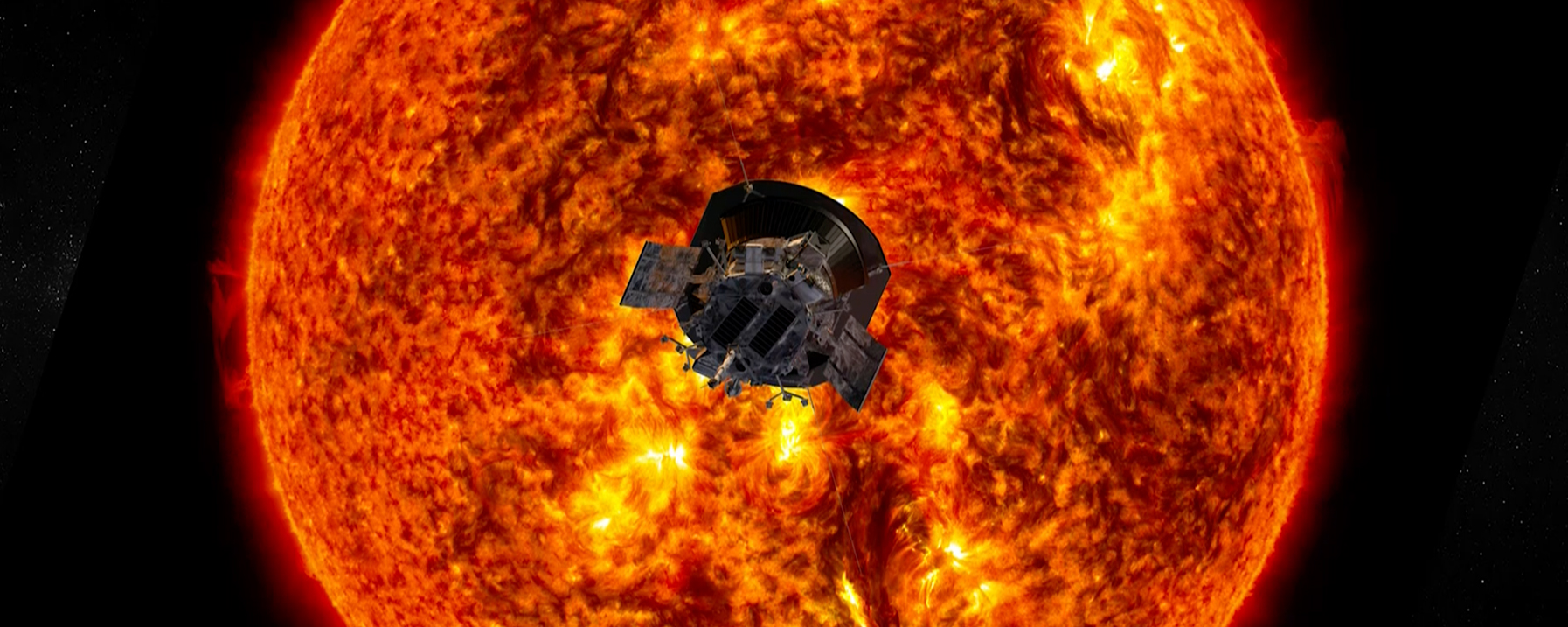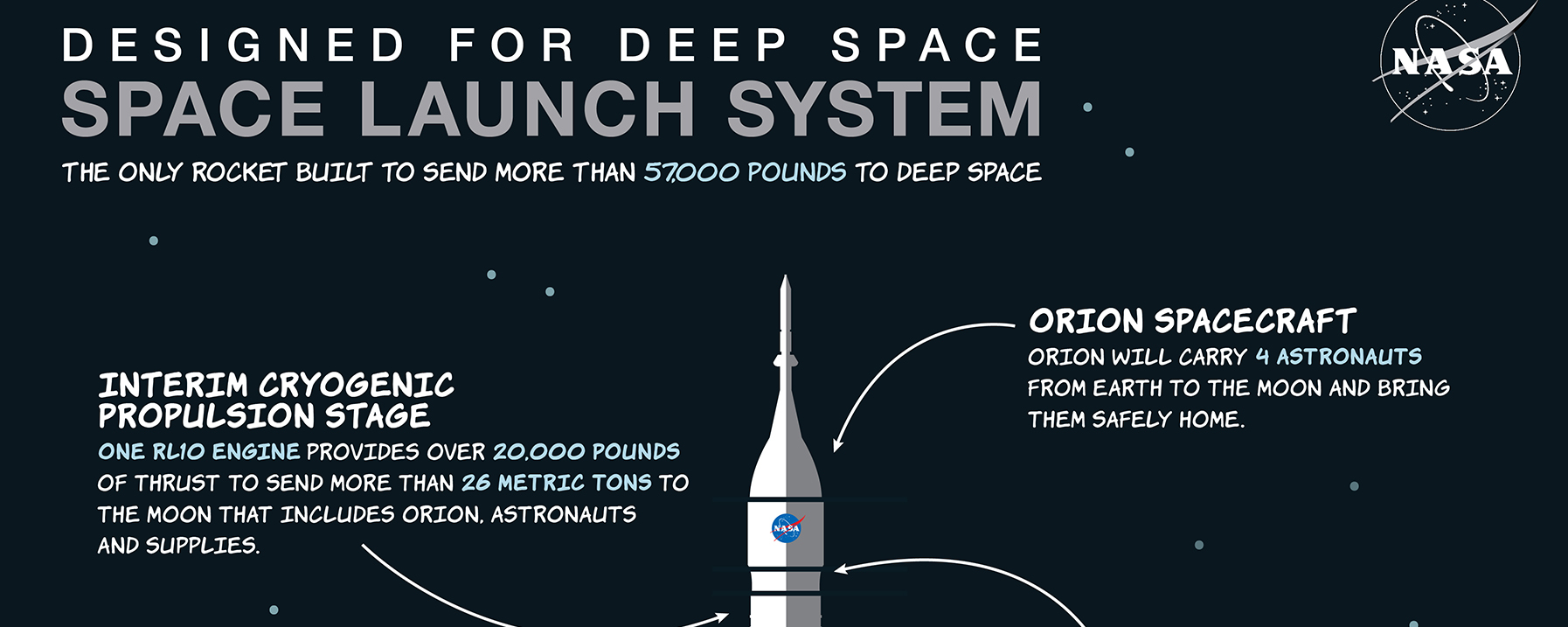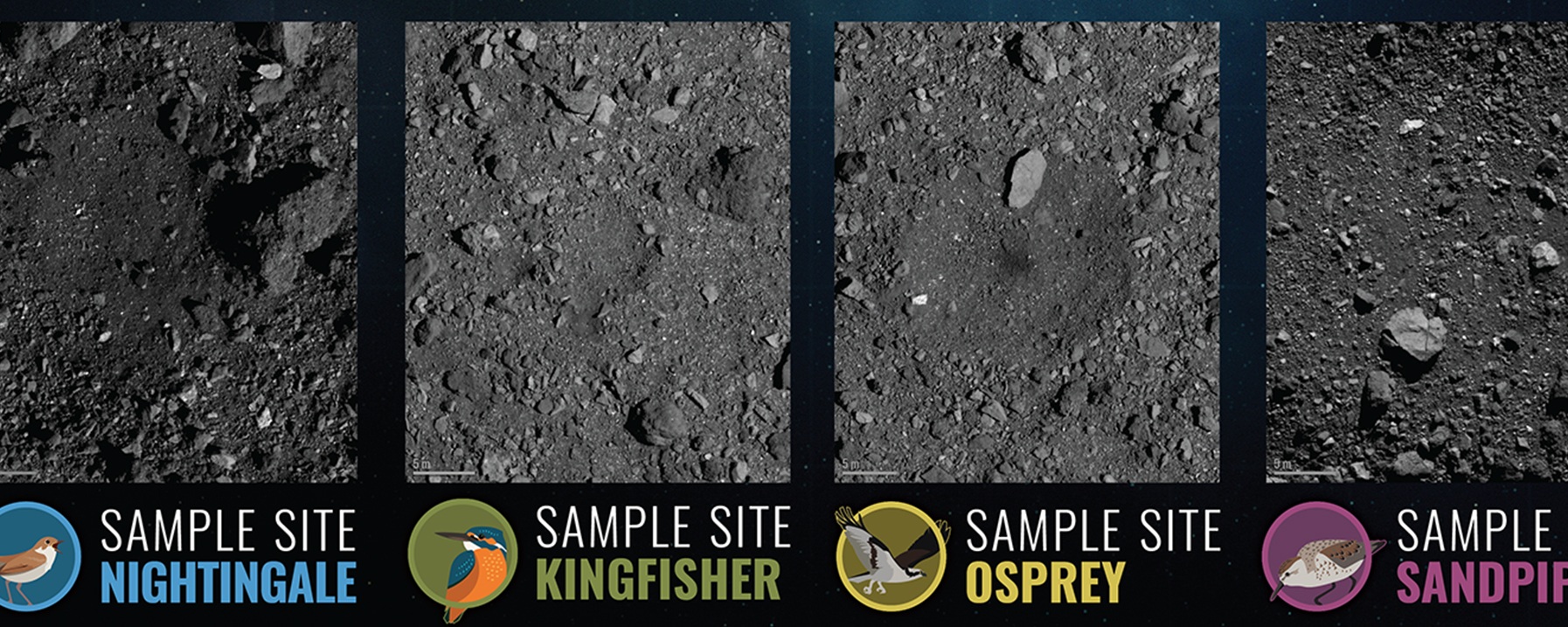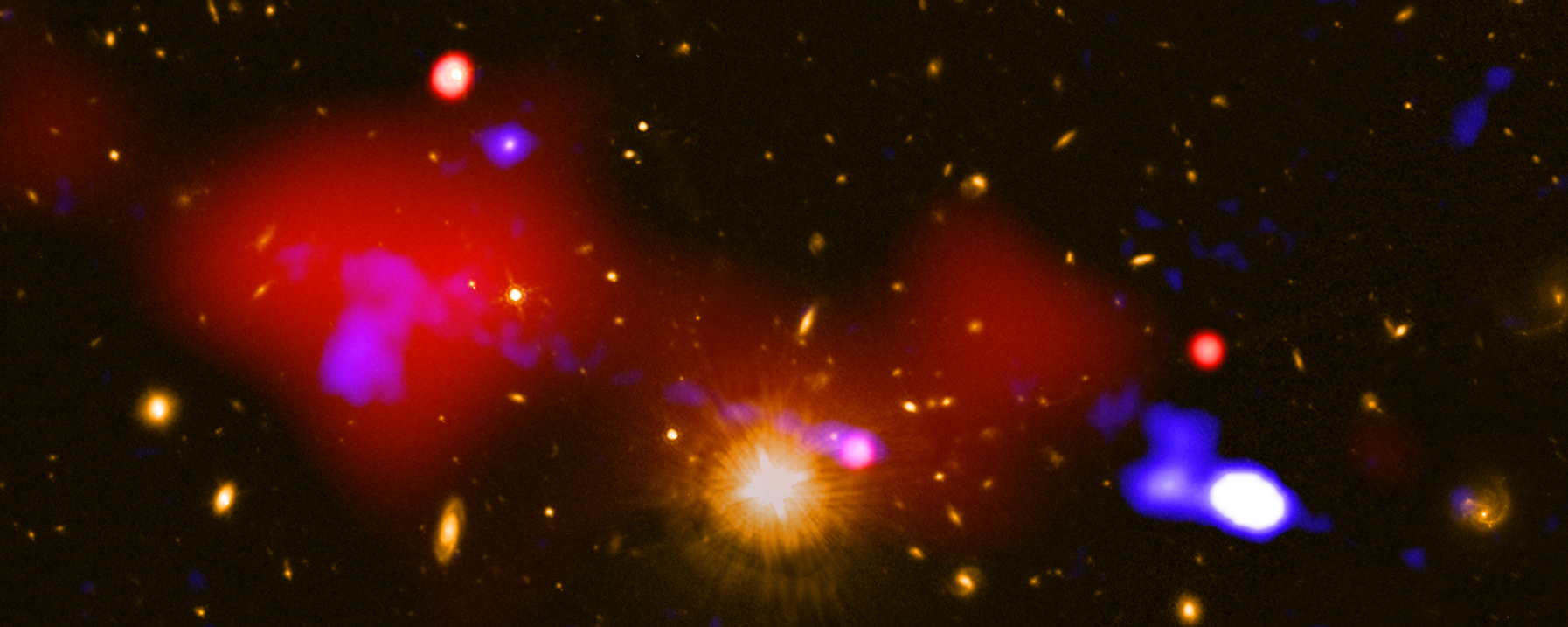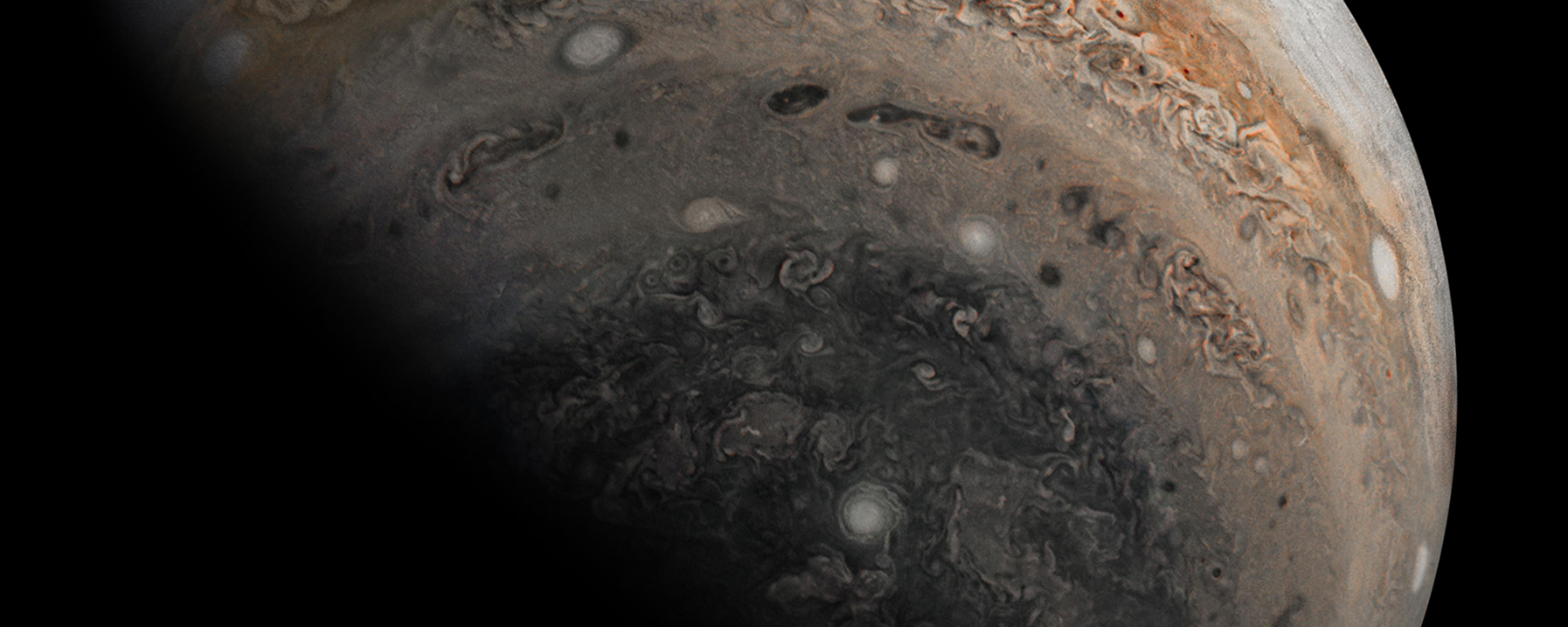NASA’s Parker Solar Probe Sheds New Light on the Sun
With cutting-edge scientific instruments to measure the surrounding environment, NASA’s Parker Solar Probe has completed three of 24 planned passes through never-before-explored parts of the Sun’s atmosphere, the corona. Engineers at NASA’s Marshall Space Flight Center in Huntsville, Alabama, helped develop a prototype and a flight test for Parker’s Solar Probe Cup, which scoops up and examines solar wind.
NASA’s SLS Rocket Capabilities for Deep Space Infographic
Powered by four RS-25 engines and twin solid rocket boosters, NASA’s Space Launch System rocket produces 8.8 million pounds of thrust to propel the agency’s Artemis missions to the Moon. Learn more about SLS in ths infographic.
NASA’s OSIRIS-REx in the Midst of Site Selection
NASA’s OSIRIS-REx mission is just days away from selecting the site where the spacecraft will snag a sample from asteroid Bennu. After a lengthy and challenging process, the team is finally ready to choose a primary and backup site from among four candidate sites. OSIRIS-REx is the third mission in NASA’s New Frontiers Program, which is managed by Marshall.
Black Hole Nurtures Baby Stars a Million Light-Years Away
Black holes are famous for ripping objects apart, including stars. But now, astronomers have uncovered a black hole that may have sparked the births of stars over a mind-boggling distance, and across multiple galaxies. If confirmed, this discovery, made with the Marshall-managed Chandra X-ray Observatory and other telescopes, would represent the widest reach ever seen for a black hole acting as a stellar kick-starter.
Glancing back at Jupiter
Just after its close flyby of Jupiter on Nov. 3, NASA’s Juno spacecraft caught a striking view of Jupiter’s southern hemisphere as the spacecraft sped away from the giant planet. The image captured massive cyclones near Jupiter’s south pole. Juno is part of the New Frontiers Program, managed at Marshall.
For more information or to learn about other happenings at NASA’s Marshall Space Flight Center, visit NASA Marshall. For past issues of the ICYMI newsletter, click here.





